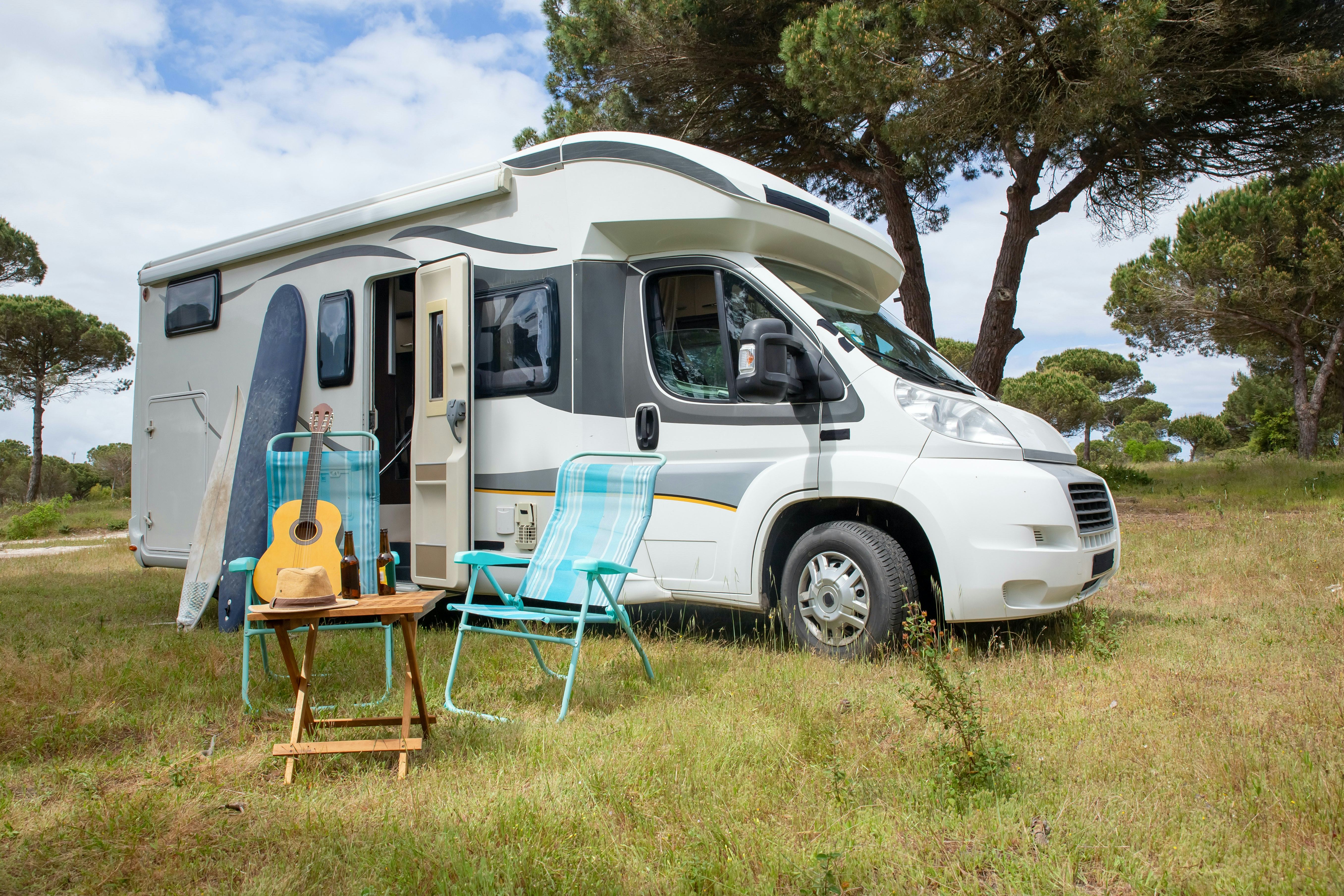Can I use a HELOC to buy an RV?
Benefits of using a HELOC to finance an RV, camper, or trailer
If you’re looking to finance a new RV, it helps to first understand your financing options. You may choose to get financing from an institution like a bank or a dealership or tap into your home equity for a home equity loan or HELOC. Before signing up for financing, ensure you have all the information handy to adequately compare interest rates and loan term lengths available. If possible, try to secure pre-approval from your lender so you can shop around confidently.
Can I use a HELOC (home equity line of credit) to buy an RV?
Using a home equity line, or HELOC, to finance the purchase of a recreational vehicle is a smart option for many people. By tapping into the existing equity in your home, you can access lower rates and longer, more flexible repayment terms than traditional financing, often up to 20 years. This could potentially save you thousands of dollars over the life of the loan. HELOCs also offer you greater flexibility when it comes to how much you borrow so that you don’t overextend yourself financially.
How a HELOC works
A HELOC is a helpful way to use the equity you have accrued in your home. Your equity is determined by subtracting your mortgage balance from your home's value. This number grows over time as you make mortgage payments.
With a HELOC, you can borrow up to 80 or 90% of your equity, depending on the lender. Many people use a HELOC for large purchases, like buying an RV. It allows you to access funds without taking a big loan and gives them the flexibility to pay down and borrow again during the draw period. It's important to fully understand the HELOC terms before signing any paperwork.
Ways to finance an RV
When looking into financing an RV purchase, you have many options. It’s important to keep in mind certain key factors, such as credit score requirements, down payment amounts required, and estimated monthly payments. Additionally, factor in extended warranty options and other add-ons which could affect your overall cost. Finally, if borrowing more than your budget requires is unavoidable, make sure the length of the loan allows for realistic payments over time; no one wants to become overly burdened by debt. With some careful planning (and possibly some help from the experts) financing a new RV is relatively simple and painless!
Bank, Credit Union, or Dealer financing
When it comes to financing a recreational vehicle, banks and credit unions offer one of the most traditional routes with an RV loan. This type of loan is similar to an auto loan in that it requires both a good credit profile and proof of earnings, plus at least 10% down payment in order to be approved. It can be offered with a low-interest rate depending on your individual credit score and the amount of the loan you are seeking. Repayment terms usually range between five to twenty years, offering a fixed monthly payment structure.
Home equity financing
Home equity loans and lines of credit offer an option for people looking to finance their RV that may not have access to other conventional financing options. Homeowners with enough equity in their homes and decent credit can typically qualify for these products, often at a lower rate than what is available through conventional RV lenders. Although they come with some advantages such as longer repayment timelines and lower rates, they could also present the risk of foreclosure on your home.
Personal loans
With a personal loan option, you won’t have to make a down payment and won’t need collateral, However, because personal loans are unsecured forms of borrowing, you will likely pay significantly higher interest than with an RV bank loan, home equity loan, or HELOC. There is usually an origination fee associated with such loans that may range from 1-10% of the loan amount. The fee can either be paid upfront, or deducted from the total loan amount; your credit score will determine its actual cost. It’s important to note that larger loan amounts (over $100K) are possible but more difficult to acquire since they require good credit and income levels on the part of the borrower.
Advantages of using a HELOC to finance an RV
HELOC (Home Equity Line of Credit) provides a flexible source of funding for purchasing an RV.
Using a HELOC allows you to take advantage of potentially lower interest rates compared to other financing options.
HELOCs typically offer more flexible repayment schedules, with longer terms, making it easier to get into an RV sooner.
With a HELOC, you can access a larger amount of funds, which may increase your purchasing power for a higher-quality RV.
RV purchase tips
When financing an RV or camper, it is important to shop around and keep in mind your long-term ability to repay your loan.
Save up for a down payment to reduce the loan amount.
Consider shopping around for the best interest rates and loan terms.
Explore all financing options, including credit unions, RV-specific lenders, and home equity lenders for potentially better financing options.
The bottom line
When purchasing an RV, it is important to keep in mind the various financing options available. Using a HELOC may be a great option for some people looking to finance their RV purchase with more flexible terms and potentially lower interest rates. It’s important to evaluate all of your options and determine which one works best for you before committing to a loan. With careful planning and research, you can find the right financing solution that will allow you to buy your dream RV.
